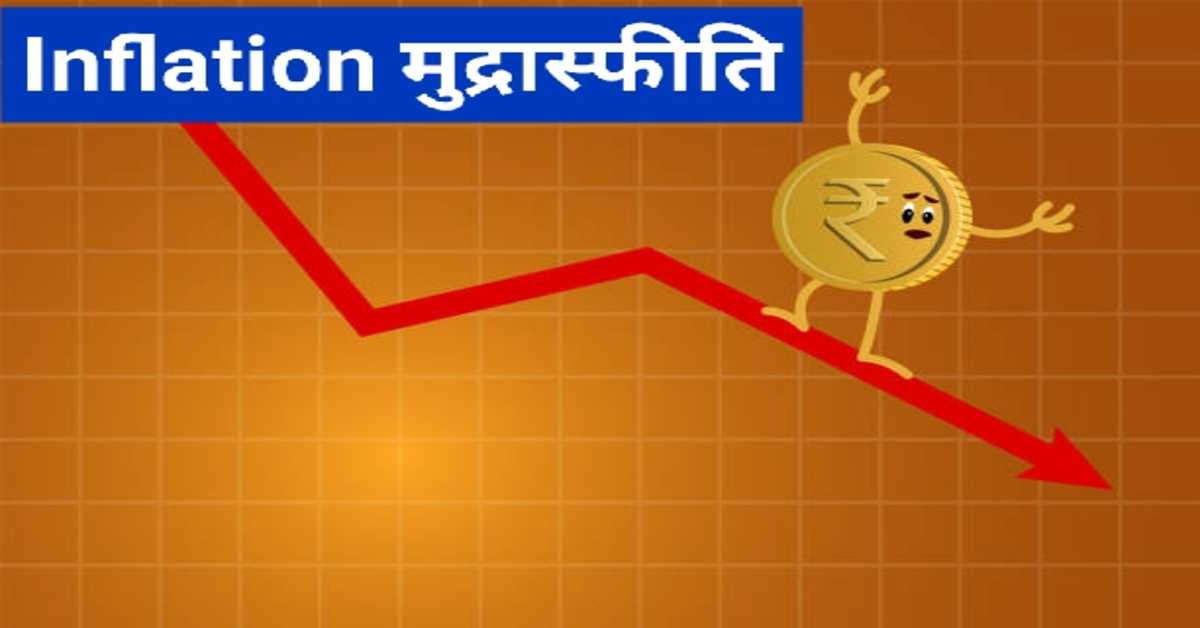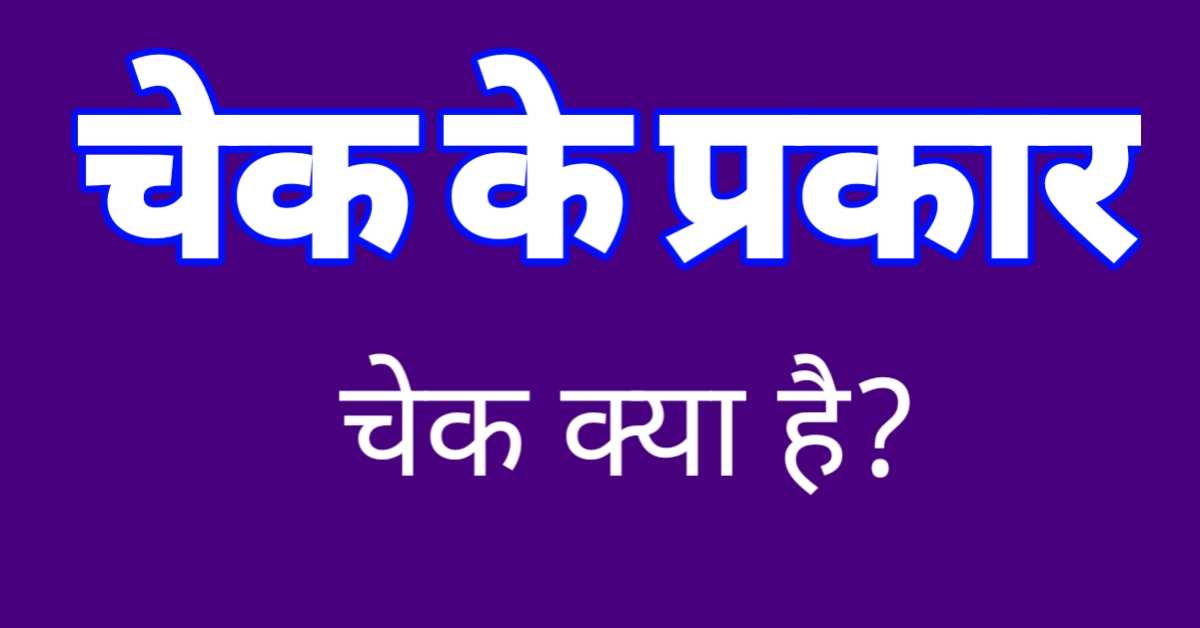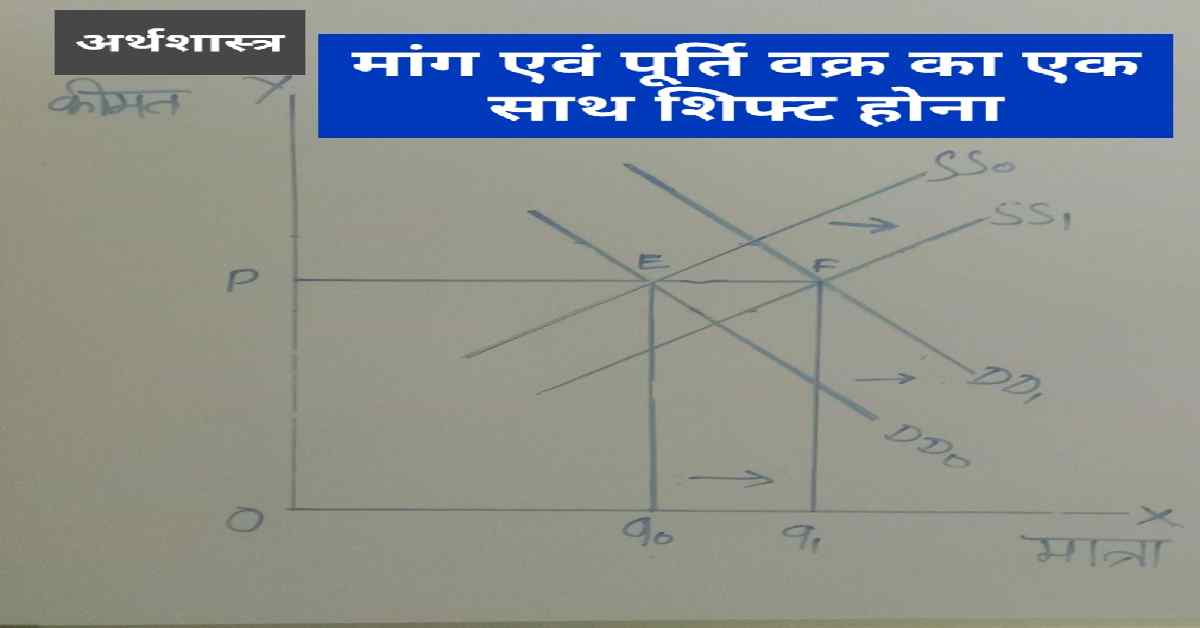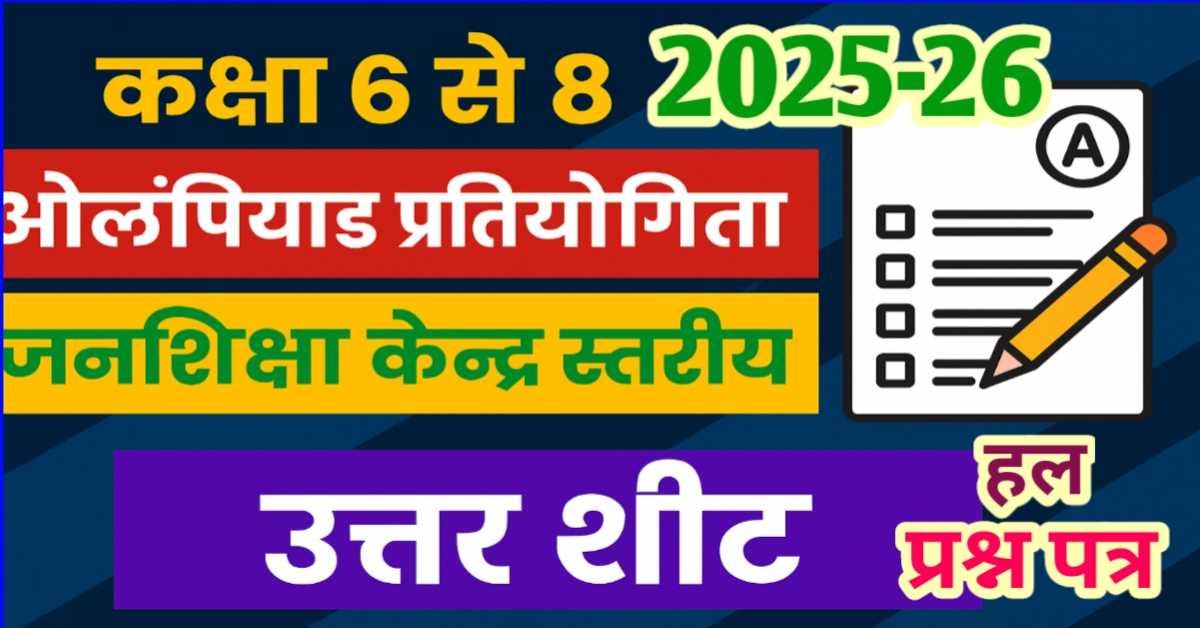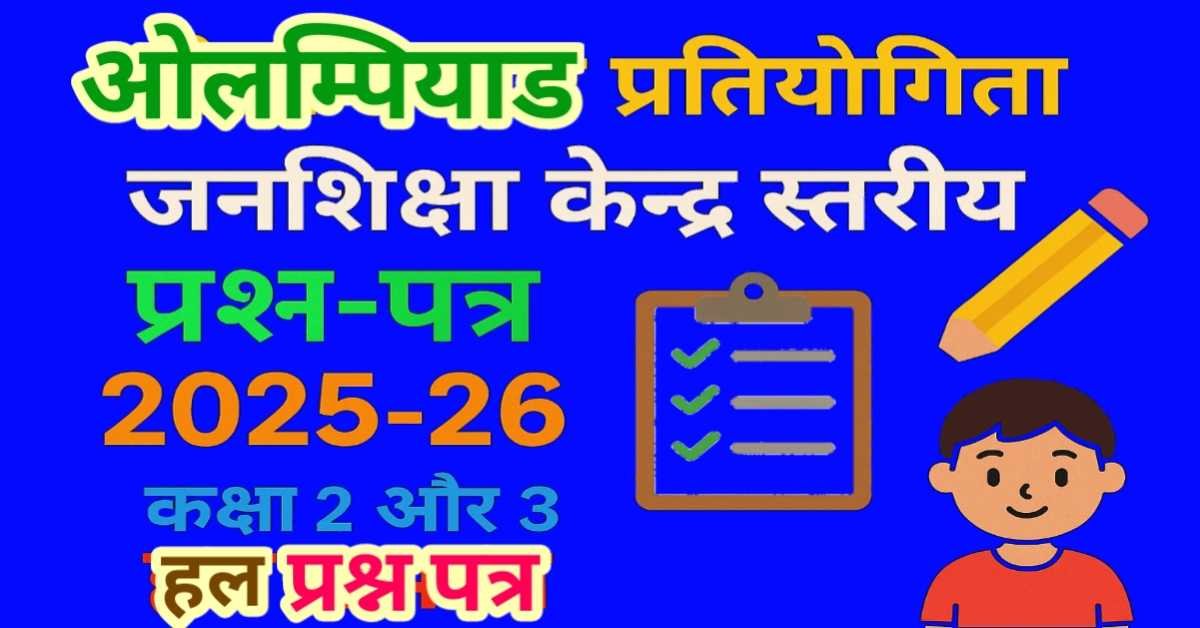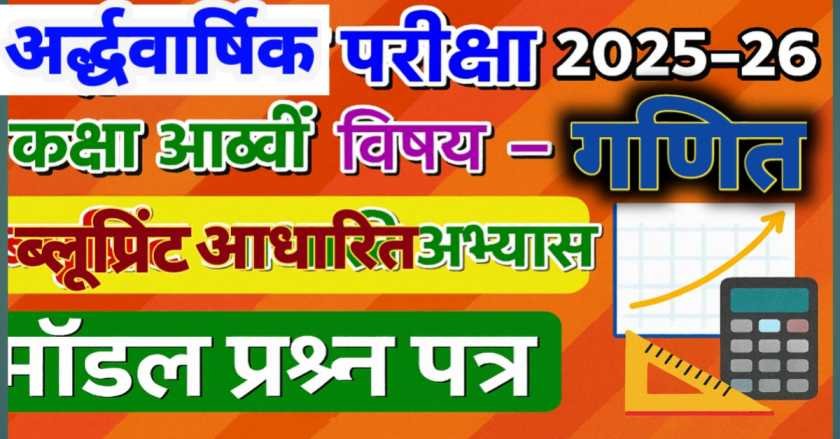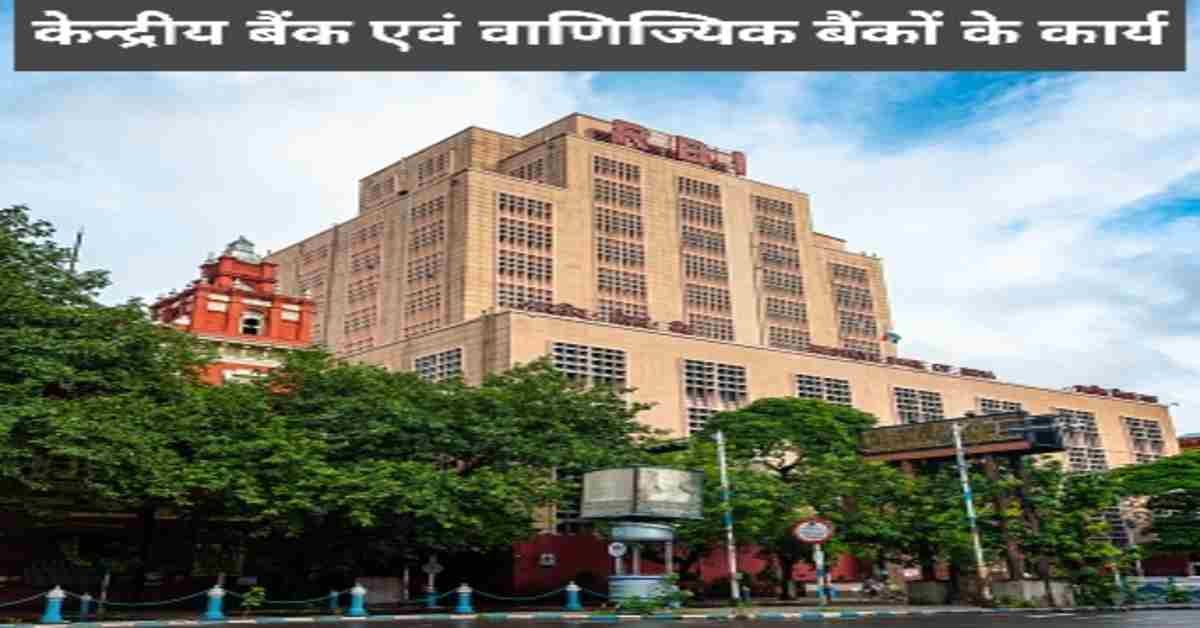
Central and Commercial Bank Functions | केंद्रीय और वाणिज्य बैंक के कार्य
केंद्रीय बैंक देश की बैंकिंग व्यवस्था का सर्वोच्च बैंक होता है, जो देश में मुद्रा एवं साख का लोक कल्याण की दृष्टि से नियंत्रण रखता है और बैंकिंग व्यवस्था को विकसित तथा संगठित करता है। यह बैंकों का बैंक होता है तथा सरकार के बैंकर के रूप में कार्य करता है। केंद्रीय बैंक को नोट निर्गमन का अधिकार होता है। अन्य सभी बैंक उसके अधीन कार्य करते हैं। कैंट के अनुसार– "केंद्रीय बैंक वह संस्था है, जिसे सामान्य सार्वजनिक हित में मुद्रा की मात्रा के विस्तार एवं संकुचन का उत्तरदायित्व दे दिया गया हो।"
The central bank is the apex bank of the country's banking system, which controls the currency and goodwill in the country from the point of view of public welfare and develops and organizes the banking system. It is a bank of banks and acts as a banker to the government. The central bank has the right to issue notes. All other banks operate under it. According to the Cantt - "The central bank is the entity responsible for the expansion and contraction of the amount of money in the general public interest."
वाणिज्यिक बैंक वे बैंक होते हैं जो धन का लेन देन (व्यापार) करते हैं। ये बैंक जनता की बचतों को जमा के रूप में प्राप्त करते हैं तथा उनके धन को सुरक्षित रखते हैं। उस पर ब्याज प्रदान करते हैं एवं उद्यमियों को ऋण प्रदान करते हैं। किनले के अनुसार– "बैंक एक ऐसी संस्था है जो ऋण की सुरक्षा को ध्यान में रखते हुए ऐसे व्यक्तियों को उधार देती है जिन्हें उनकी आवश्यकता पड़ती है और जिसके पास व्यक्तियों द्वारा अपनी अतिरिक्त राशि जमा की जाती है।"
Commercial banks are those banks that transact (trade) money. These banks receive the savings of the public in the form of deposits and preserve their funds. They provide interest on it and provide loans to entrepreneurs. According to Kinley - "A bank is an institution that lends to individuals who need them and with whom individuals deposit their surplus funds, keeping in mind the security of the loan."
(A) केंद्रीय बैंक (रिज़र्व बैंक) के कार्य (Functions of Central Bank (Reserve Bank)–
1. साख का नियंत्रण (Credit control)–
साख नियमन व नियंत्रण को ही केन्द्रीय बैंक का प्रमुख कार्य माना जाता है। साख नियंत्रण का उपयोग विनिमय दरों में स्थायित्व लाने एवं आंतरिक मूल्य स्थायित्व के लिए उपयोग किया जाता है। चूँकि मूल्यों का प्रभाव देश की आंतरिक व्यवस्था के अतिरिक्त अंतर्राष्ट्रीय व्यापार पर भी पड़ता है अतः इस कार्य को केन्द्रीय बैंक का महत्वपूर्ण कार्य माना जाता है।
(Credit regulation and control is considered to be the primary function of the central bank. Credit control is used for stability in exchange rates and for internal price stability. Since prices have an impact on international trade in addition to the internal system of the country, this work is considered to be an important function of the central bank.)
2. अंतिम ऋणदाता (Ultimate lender)–
व्यापारिक बैंकों के ग्राहकों द्वारा अधिक मात्रा में उधार माँगने पर बैंक, केन्द्रीय बैंक से सहायता प्राप्त करते है | इस प्रकार वह अंतिम ऋणदाता के रूप में कार्य करता है।
(Banks seek assistance from the central bank if customers of commercial banks ask for a large amount of lending. Thus he acts as the ultimate lender.)
इन 👇 प्रकरणों को भी पढ़िये।
1. मूल्य ह्रास क्या है?
2. व्यष्टि एवं समष्टि अर्थशास्त्र में अंतर
3. नोट निर्गमन का एकाधिकार (Monopoly of note issue)–
नोटों के निर्गमन का एकमात्र अधिकार केन्द्रीय बैंक को प्राप्त होता है तथा किसी अन्य बैंक को नोट निर्गमन करने का अधिकार प्राप्त नहीं होता।
(The central bank has the exclusive right to issue notes and no other bank has the right to issue notes.)
4. अनुसूचित बैंकों के नकद कोषों का संरक्षक (Guardian of cash funds of scheduled banks)–
केंद्रीय बैंक के पास सदस्य बैंकों के नकद कोषों का एक भाग जमा के रूप में रहता है, जिससे इसे सुरक्षित कोषों का रक्षक कहा जाता है और जो देश की बैंकिंग एवं साख प्रणाली को सुदृढ़ बनाती है। केन्द्रीय बैंक का देश को अन्य बैंकों से लगभग उसी प्रकार का सम्बन्ध रहता है जैसा कि एक साधारण बैंक का अपने ग्राहकों से होता है, इस कारण इसे बैंकों का बैंक कहा जाता है।
(The central bank holds a portion of the cash funds of the member banks in the form of deposits, making it known as the keeper of the secured funds and which strengthens the banking and credit system of the country. The central bank has almost the same kind of relationship with other banks in the country as an ordinary bank has with its customers, hence it is called the bank of banks.)
5. सरकारी बैंकर, एजेंट एवं सलाहकार के रूप में अन्य कार्य (Other functions as government banker, agent and consultant)–
(i) ऋण व्यवस्था (Credit arrangement)–
आवश्यकता पड़ने पर सरकार को केन्द्रीय बैंक द्वारा अल्पकालीन ऋण दिए जाते हैं।
(Short-term loans are given by the central bank to the government when required.)
(ii) सरकारी हिसाब (Official accounts)–
यह बैंक विभिन्न विभागों से सरकारी हिसाबों को तथा उनके खातों को उचित ढंग से रखता है।
(This bank keeps government accounts and their accounts properly from various departments.)
(iii) धन जमा करना (To deposit money)–
यह बैंक सरकार के हिसाब में धन जमा करता है।
(This bank deposits the money according to the government.)
(iv) मुद्रा का हस्तांतरण (Transfer of currency)–
यह बैंक सरकर की ओर से धन का हस्तांतरण सुविधापूर्ण बना देता है।
(This bank facilitates the transfer of funds on behalf of the government.)
(v) मुद्रा सौदे (Currency deal)–
केंद्रीय बैंक द्वारा देश-विदेश में सरकर की ओर से मौद्रिक सौदे किए जाते हैं।
(Monetary deals are carried out by the central bank on behalf of the government in the country and abroad.)
(vi) वित्तीय परामर्श (Financial counseling)–
इस बैंक द्वारा समय-समय पर वित्तीय मामलों पर उचित परामर्श ली जाती है जो बैंकिंग एवं मौद्रिक नीति को सफल बनाने में सहायता प्रदान करता है।
(From time to time proper advice is taken on financial matters by this bank which helps in making banking and monetary policy successful.)
(vii) ऋण की व्यवस्था (Loan arrangement)–
सरकार द्वारा जारी किए गए समस्त ऋणों की उचित व्यवस्था करके हिसाब-किताब आदि को उचित ढंग से रखा जाता है।
(All the loans issued by the government are properly arranged and accounts are maintained properly.)
(viii) ऋण का भुगतान (Debt payment)–
सरकार की ओर से जारी किए गए ऋणों व उस पर ब्याज के भुगतान की व्यवस्था इसी बैंक द्वारा की जाती है।
(This bank arranges for the repayment of loans and interest thereon issued by the government.)
(ix) सरकारी माल का क्रय-विक्रय (Sale of government goods)–
यह बैंक सरकारी माल एवं विदेशी प्रतिभूतियों का क्रय-विक्रय करती है।
(This bank sells and sells government goods and foreign securities.)
(x) संकट काल (Crisis time)–
यह बैंक संकट काल में असाधारण ऋण की व्यवस्था करके सहायता प्रदान करती है।
(This bank provides assistance by arranging extraordinary loans in times of crisis.)
(xi) सरकारी हिसाब रखना (Official accounts)–
बैंक सरकार की समस्त आय को प्राप्त करके उसके व्ययों को भी चुकाती है।
(The bank receives all the income of the government and also pays its expenses.)
6. अन्तर्राष्ट्रीय करेंसी का संरक्षक (Guardian of international currency)–
केन्द्रीय बैंक देश के विदेशी विनिमय कोषों का संरक्षक के रूप में व्यर्थ करता है। विदेशों में दूतावासों के व्यय के लिए भी विदेशी मुद्रा की आवश्यकता होती है व अन्य शासकीय एवं व्यावसायिक कार्यों के लिए विदेशी विनिमय की आवश्यकता पड़ती है, जिसकी व्यवस्था केन्द्रीय बैंक द्वारा ही की जाती है। देश की मुद्रा की दर को स्थिर रखने के उद्देश्य से भी विदेशी विनिमय कोषों को सुरक्षित रखा जाता है। इसके अतिरिक्त केन्द्रीय बैंक के यह भी अधिकार होता है कि वह देश में विदेशी विनिमय की समस्त आय को अपने ही नियंत्रण में रखे, जिससे उसे सुविधापूर्वक कार्य में लगाया जा सके। विदेशी विनिमय कोष पर्याप्त मात्रा में होने से विदेशों में उचित साख बनी रहता है।
(The central bank wastes the foreign exchange funds of the country as a custodian. Foreign exchange is also required for the expenditure of embassies abroad and foreign exchange is required for other official and commercial activities, which are arranged by the central bank.
Foreign exchange funds are also protected for the purpose of keeping the country's currency rate constant. Apart from this, the central bank also has the right to keep all the foreign exchange proceeds in the country under its own control, so that it can be used conveniently. Due to adequate amount of foreign exchange funds, good credit is maintained abroad.)
7. खातों का समाशोधन व स्थानांतरण (Clearing and transfer of accounts)–
प्रत्येक बैंक द्वारा केन्द्रीय बैंक में कुछ धन जमा किया जाता है। अतः इन बैंकों के पारस्परिक लेन-देन को नकद में भुगतान न करके केन्द्रीय बैंक की मदद से समाशोधन पूर्ण कर लेते हैं। चूंकि सभी बैंकों के खाते केन्द्रीय बैंक में होने से उन बैंकों के समस्त लेनदेन का समायोजन भी सरलता से किया जा सकता है।
(Each bank deposits some money in the central bank. So, by clearing the mutual transactions of these banks by not paying in cash, they complete the clearing with the help of the central bank. Since Adjustment of all transactions of those banks can also be done easily due to the accounts of all the banks being in the central bank.)
इन 👇 प्रकरणों के बारे में भी जानें।
1. भारत में पशुपालन- गायों की प्रमुख नस्लें
2. भारत के मसाले एवं उनकी खेती
3. राज्यवार भारतीय फसलें
केंद्रीय बैंक क्या नही कर सकते? (What can central banks not do?)
केन्द्रीय बैंक के निम्न कार्यों नही कर सकते हैं (The central bank cannot perform the following functions)–
1. केन्द्रीय बैंक देश में साधारण व्यापारिक बैंकिंग के कार्य नहीं कर सकता है।
(The central bank cannot carry out the functions of ordinary commercial banking in the country.)
2. अचल सम्पत्ति पर ऋण नहीं दे सकता।
(Cannot give loan on immovable property.)
3.मियादी बिल नहीं लिख सकता है और न स्वीकार कर सकता है।
(The term cannot write or accept bills.)
4. किसी को आरक्षित ऋण प्रदान नहीं कर सकता।
(Cannot provide reserved loan to anyone.)
5 जमा पर ब्याज नहीं दे सकता है।
(Can not pay interest on deposits.)
6.किसी भी कम्पनी के अंश नहीं खरीद सकता एवं व्यापार व वाणिजियक गतिविधि में भाग नहीं ले सकता।
(Cannot buy shares of any company and cannot participate in business and commercial activity.)
(B) वाणिज्य बैंक के कार्य (Functions of commercial bank)–
1. जमा स्वीकार करना (Accepting deposit)–
यह बैंक का प्रथम मुख्य कार्य है कि अपने बैंक में ग्राहक (जन सम्मान्य) का खाता खोल कर जमाराशि को निम्न बचत के रूप में स्वीकार कर जमा करे। धनराशि निम्न खातों के रुप में जमा करते हैं।
(This is the first main task of the bank that by opening an account of a customer (public person) in his bank and accepting the deposit as the following savings. The funds are deposited in the form of the following accounts.)
I. निश्चित अवधि जमा। (Fixed Term Deposit.)
II. चालू जमा खाता। (Current Deposit Account)
III. आवर्ती जमा खाता। (Recurring Deposit Account)
IV. बचत जमा खाता। (Savings Deposit Account.)
V. कर बचत जमा खाता। (Tax Savings Deposit Account.)
VI. प्रवासी भारतीयों के लिए जमा खाता। (Deposit account for NRIs.)
2. ऋण प्रदान करना (Grant of loan)–
वाणिज्यिक बैंकों का एक दूसरा प्रमुख कार्य ऋण प्रदान करना है। वाणिज्यिक बैंक निम्न तरह से अपने ग्राहकों को ऋण प्रदान करती है।
(Another major function of commercial banks is to provide loans. Commercial banks provide loans to their customers in the following manner.)
a.ग्राहकों को ऋण और अग्रिम राशि देना।
(a. To give loans and advances to customers.)
b. ओवरड्राफ्ट सुविधा (overdraft facility)–
यह सुविधा वर्तमान खाता धारक को उसके खाते में जमा राशि से अधिक राशि निकालने की अनुमति देता है।
(This facility allows the current account holder to withdraw more than the amount deposited in his account.)
c. ऋण और अग्रिम नकदी (Loans and cash advances)–
एक प्रकार का सुरक्षित व असुरक्षित ऋण किसी प्रकार की जमानत के बदले दिया जाता है।
(A type of secured and unsecured loan is given against any type of collateral.)
d. ब्यापार एवं लघु उदयोगों को आर्थिक सहायता प्राप्त कराना भी इन बैंकों का प्रमुख कार्य होता है।
(Financial assistance to trade and small industries is also a major task of these banks.)
3. एजेंसी के रूप में कार्य (Work as an agency)–
a. ग्राहकों के लिए एजेंसी सम्बंधित कार्य करना एवं ड्राफ्ट, साख पत्र आदि निर्गमित करना।
(Carry out agency related work for clients and issue drafts, letters of credit etc.)
b. अपने ग्राहक को जमानत देना।
(To bail out your client.)
c. पूँजी विनियोजन में सहायता एवं पथ प्रदर्शन करना।
(To assist in capital allocation and to guide the people.)
d. ग्राहकों के लिए कंपनी के शेयर की बिक्री और खरीदी करना और कंपनी के लाभ की शेयर धारकों में बाँटना।
(Sale and purchase of company's shares to customers and share the profit of the company among the shareholders.)
e. ग्राहक के आग्रह पर धनराशि का एक जगह से दूसरे जगह Transfer करवाना या करना।
(To transfer or transfer money from one place to another at the request of the customer.)
f. ग्राहकों के चेकों, माँग पर देय ड्राफ्टों, विनिमय पत्रों, प्रतिज्ञा पत्रों आदि का संग्रहण करके उनके खातों में जमा करना।
(Collecting customers' checks, drafts payable on demand, exchange letters, promissory notes, etc. and depositing them in their accounts.)
g. ग्राहक की आर्थिक स्थिति के संबंध में सूचना प्रदान करना।
(Providing information regarding the financial condition of the customer.)
4. सामान्य उपयोगिया सेवाएं प्रदान करना (Providing general utility services)–
a. लॉकर की सुबिधा प्रदान करना।
(Providing locker facilities.)
b. विदेशी मुद्रा का क्रय विक्रय करना।
(Purchase and sale of foreign currency.)
c. यात्री चैक , उपहार चेक की सुविधा प्रदान करना।
(Passenger check, gift check facility.)
d. प्रतिभूतियों, विनिमय पत्रों को क्रय करना एवं उन्हें सामान्य कमीशन पर भुनाना।
(Purchase securities, exchange papers and redeem them on general commission.)
e.कर संग्रह, पानी, और बिजली बिल,बीमा प्रीमियम आदि को जनता से स्वीकार कर संग्रह करना और संबंधित के खाते में जमा करना।
(e. Collection and collection of tax, water, and electricity bills, insurance premiums etc. by accepting from the public and depositing them in the account of the concerned.)
इन 👇 प्रकरणों के बारे में भी जानें।
1. पादपों में पोषण- प्रकाश संश्लेषण
2. जैविक कृषि– कृषि की एक प्रमुख विधि
3. भारत में कृषि
आशा है, 'केंद्रीय और वाणिज्य बैंक के कार्य' का यह लेख महत्वपूर्ण एवं परीक्षापयोगी लगा होगा।
धन्यवाद।
Ajay Kumar Kekatpure
अजय कुमार केकतपुरे
उच्च माध्यमिक शिक्षक
शा.उ.मा.वि. कुंडाली कलाँ
जिला छिन्दवाड़ा
संबंधित जानकारी नीचे देखें।
(Watch related information below) 👇🏻

आशा है, उपरोक्त जानकारी उपयोगी एवं महत्वपूर्ण होगी।
(I hope the above information will be useful and important. )
Thank you.
लेखक
(Writer)
infosrf.com

